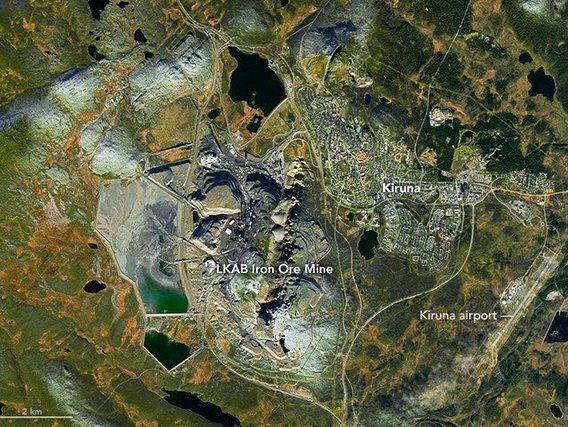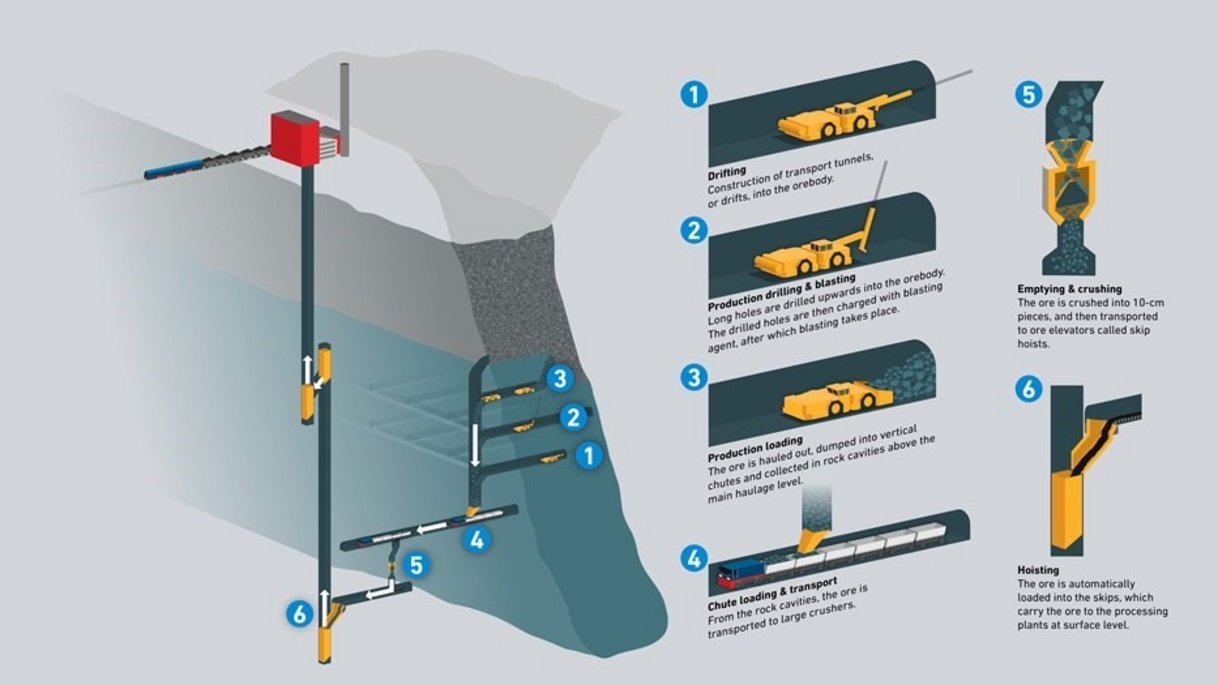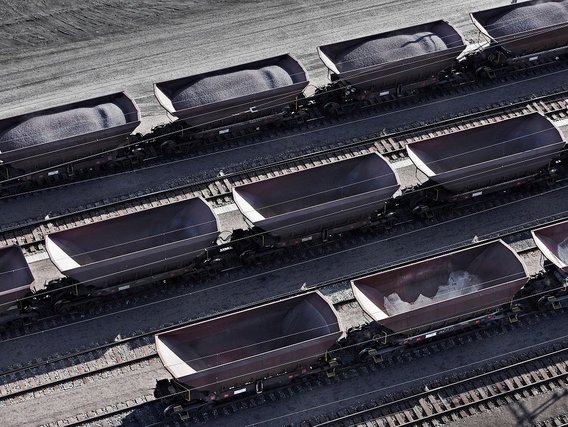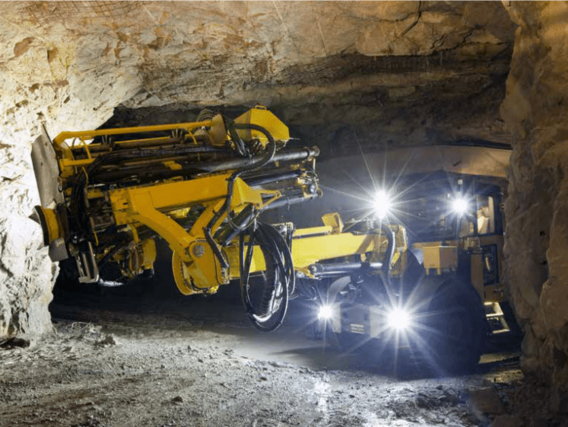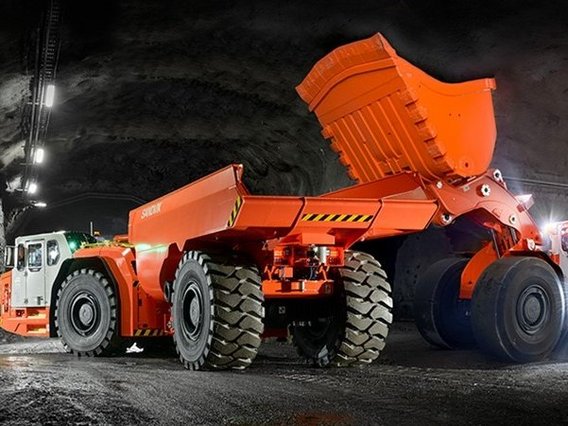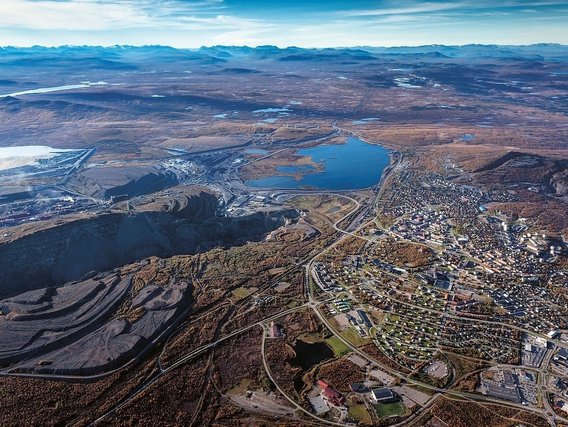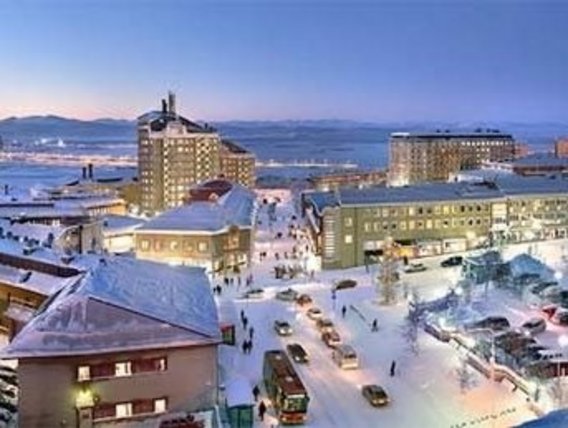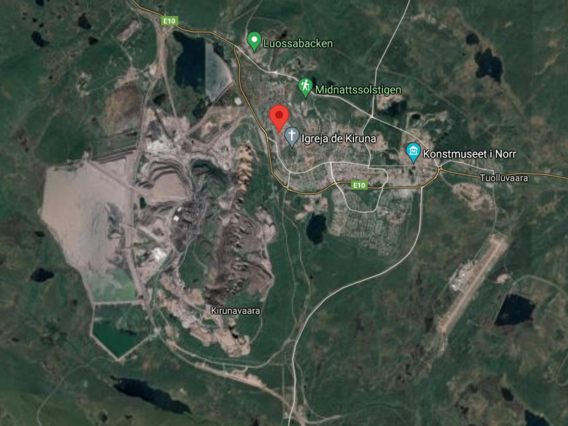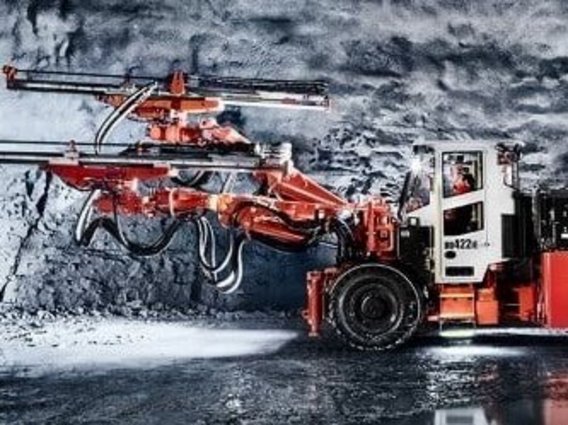
The future of mining points to a trend towards increasingly continuous and automated processes to meet the growing global demand for mineral commodities. The implementation of automated systems has increased the productivity of mines, as well as providing safer operations, reducing operators' exposure to the daily risks of a mine. The Kiruna Mine in Sweden stands out among mines with autonomous operations, leading the way in the application of underground technologies.
Kiruna stands out in terms of autonomous and modern mining, as well as acting as a testing ground for various equipment manufacturers, such as ABB, Epiroc, Combitech and Sandvik. It is currently considered the second largest underground mine and the largest underground iron mine in the world.
In today's text, we'll cover:
- Kiruna Mine
- Kiruna: Automated operations
- LKAB 5.0 project
- Kiruna reconstruction
